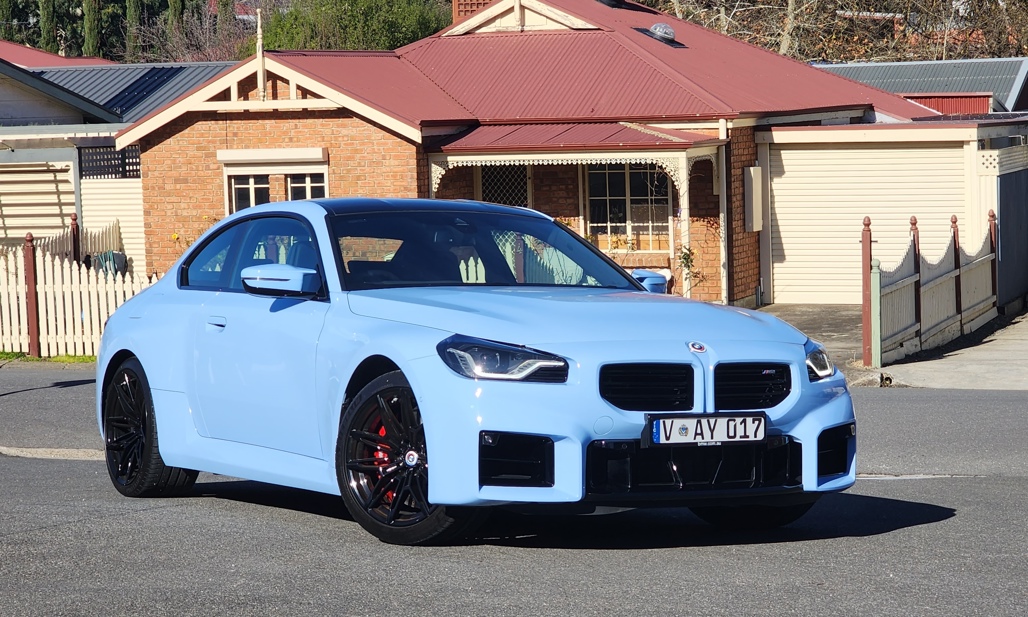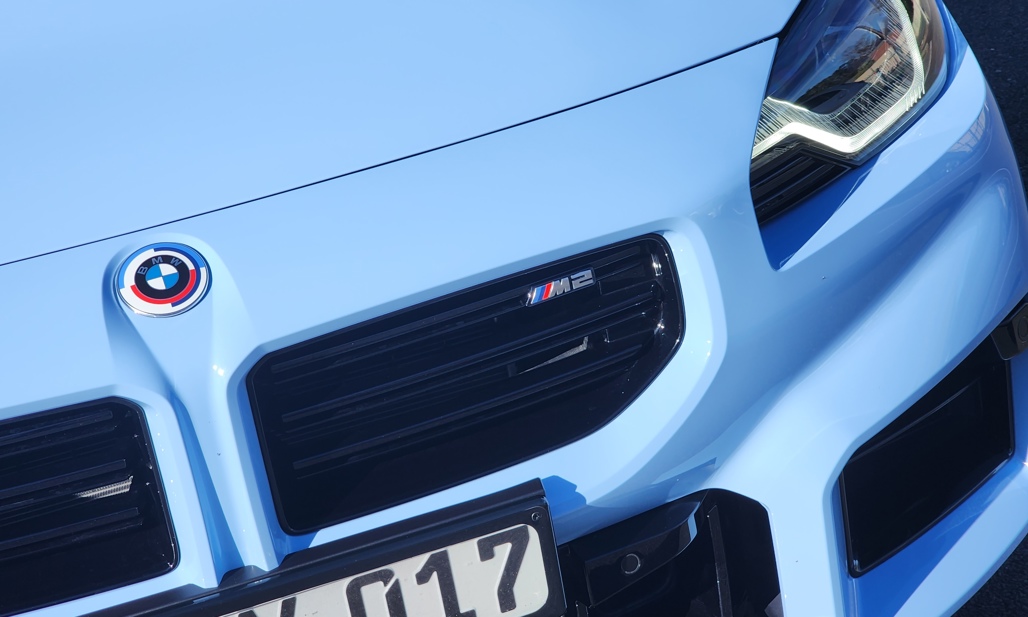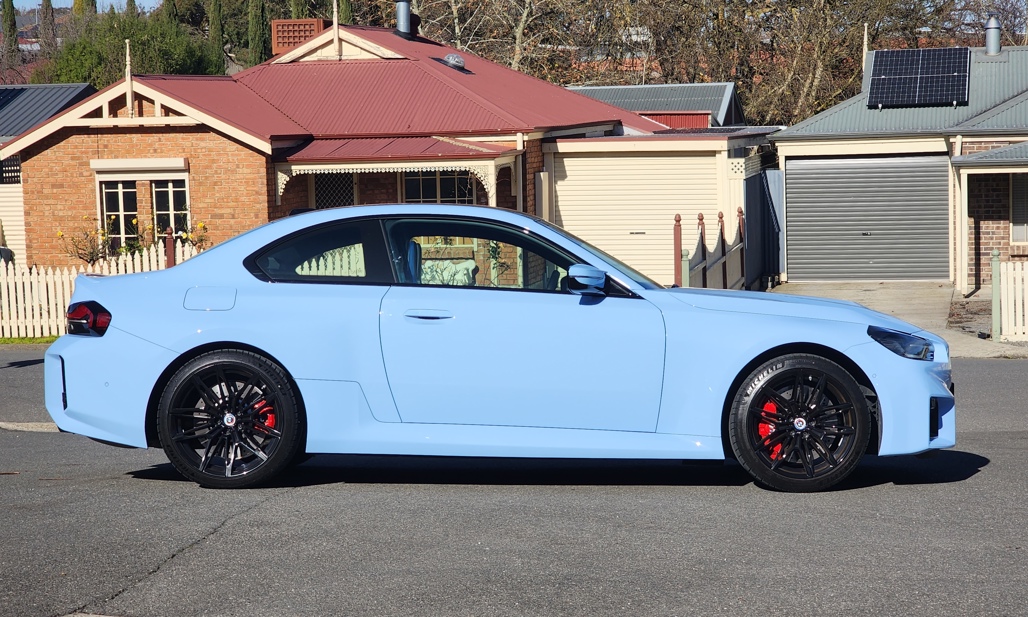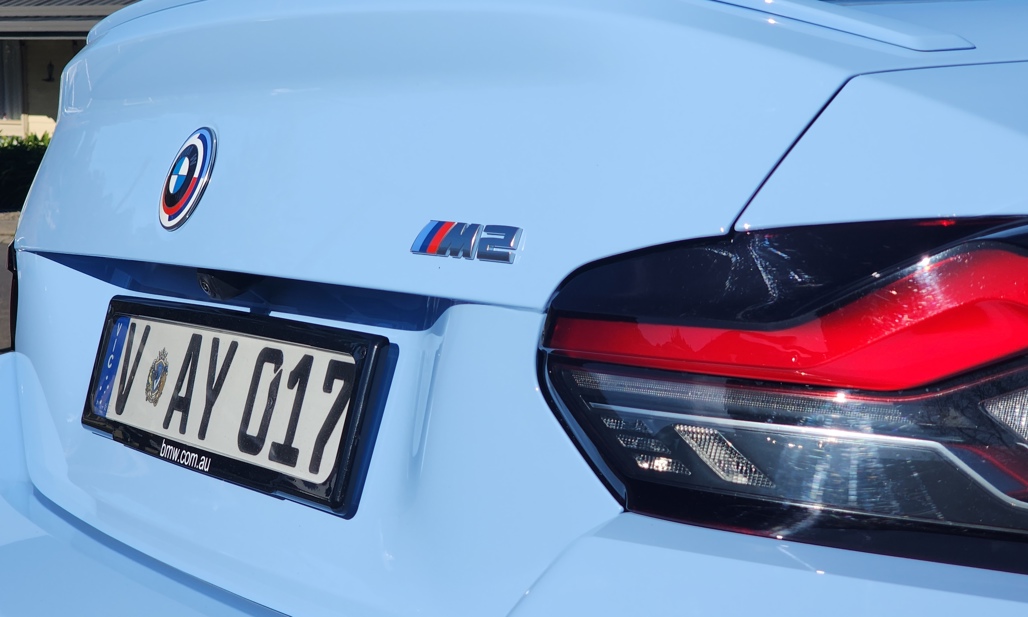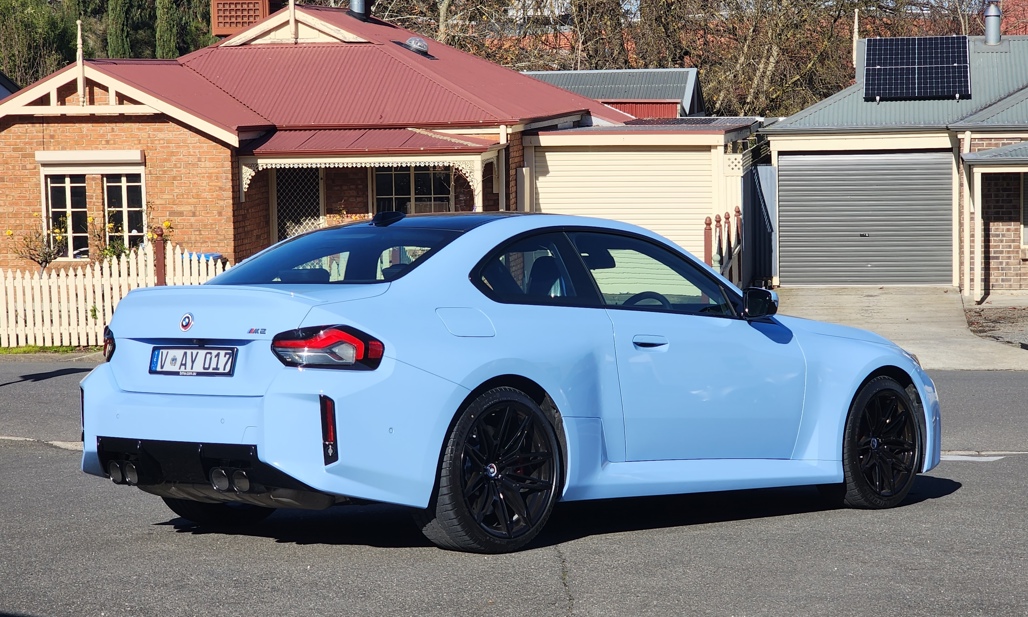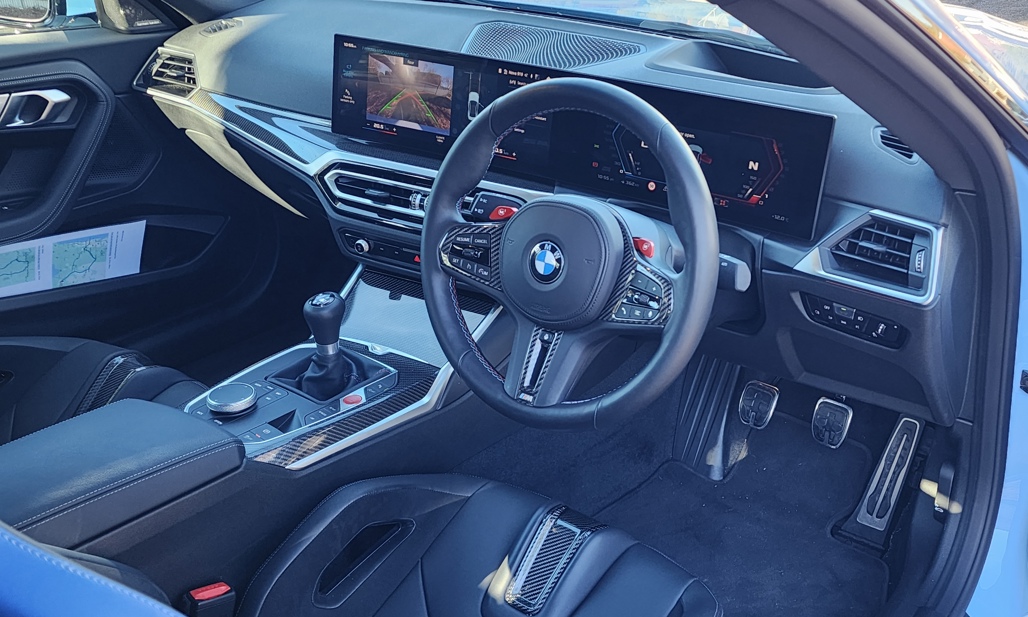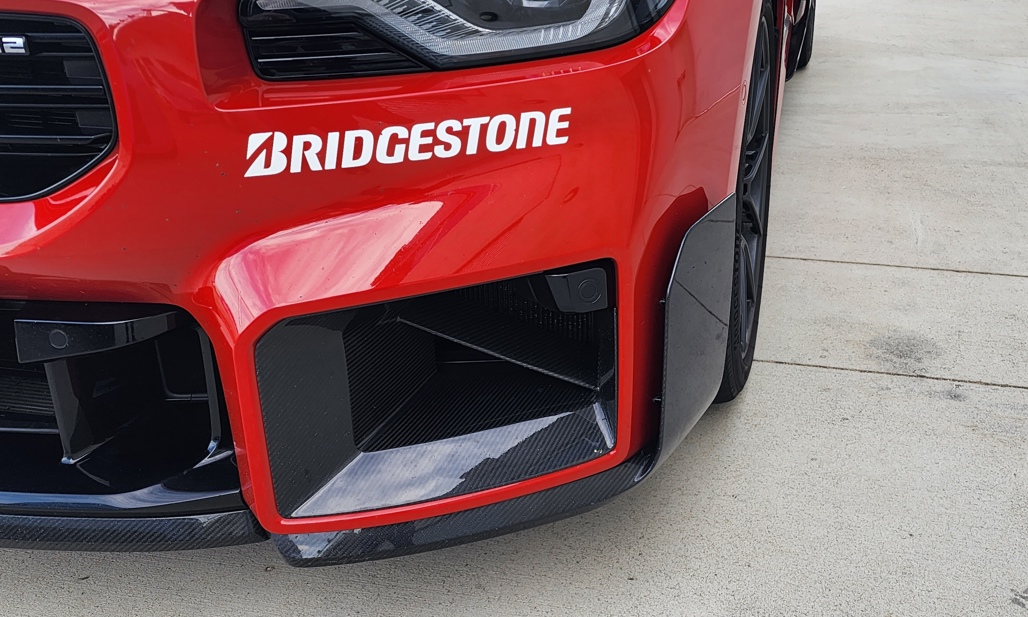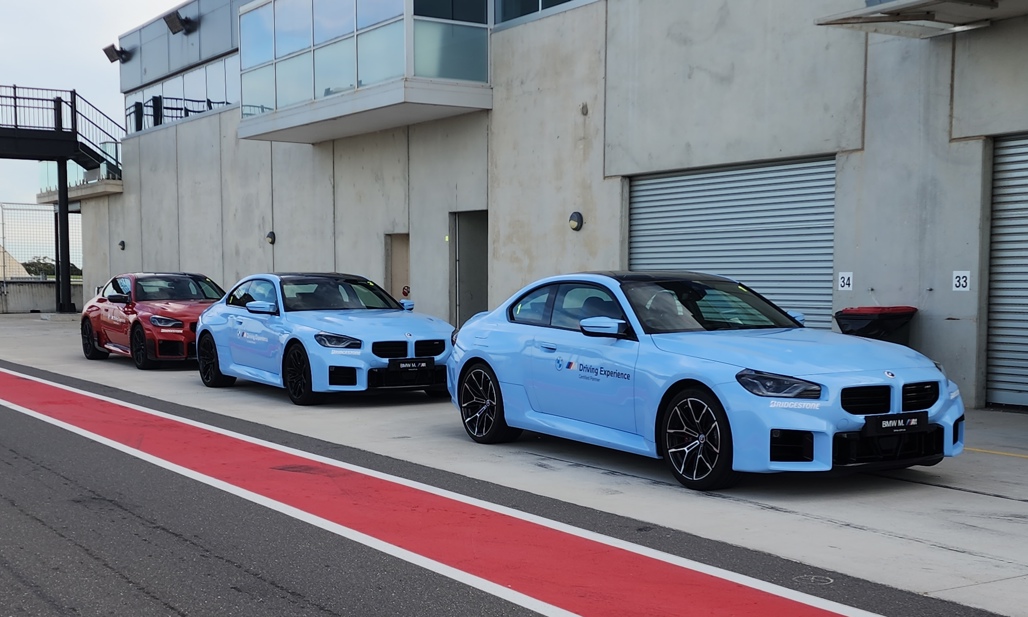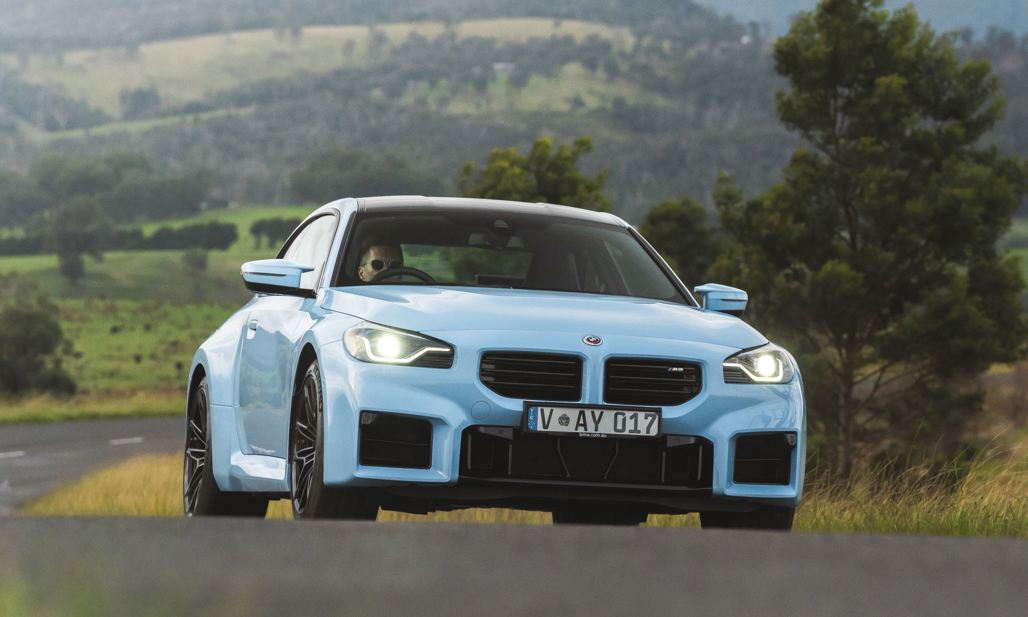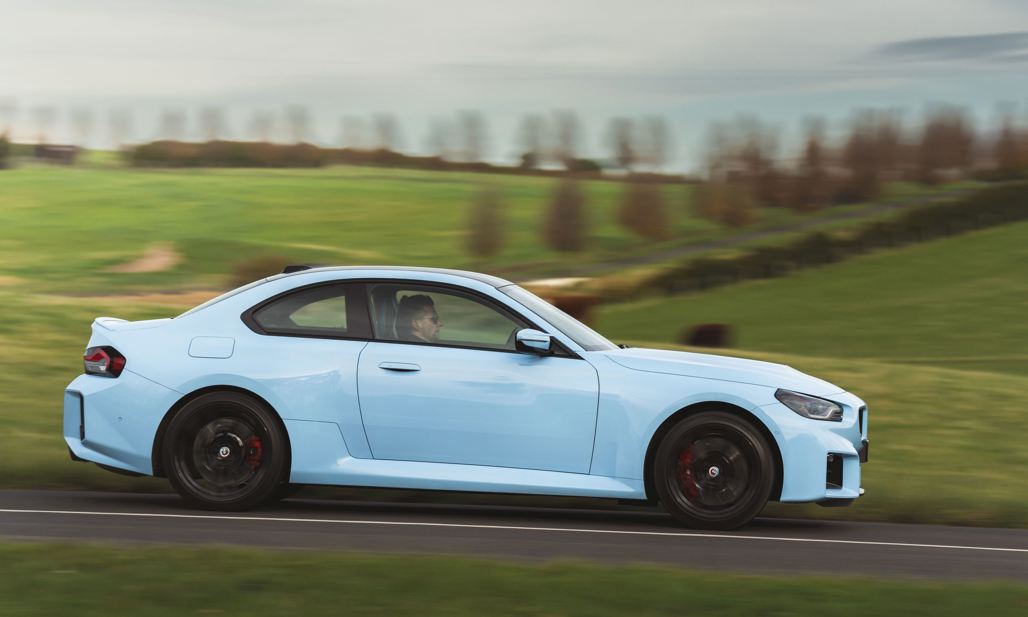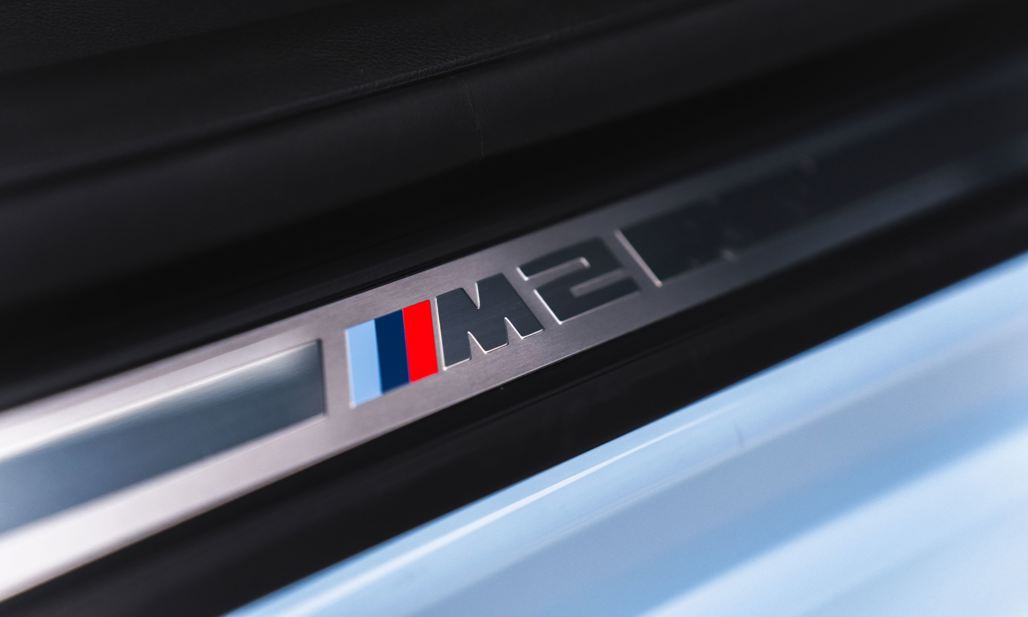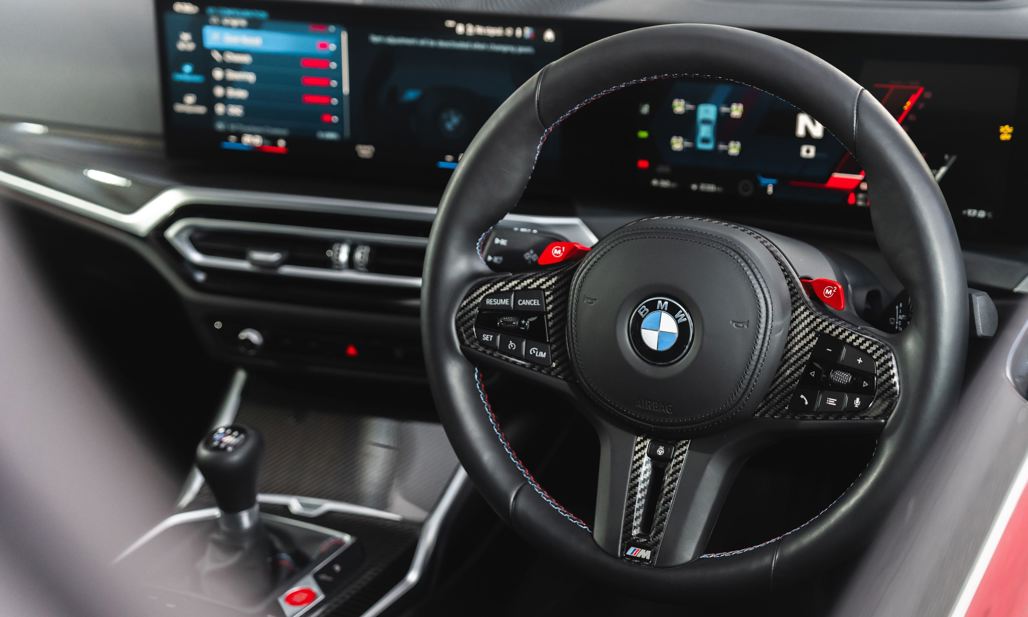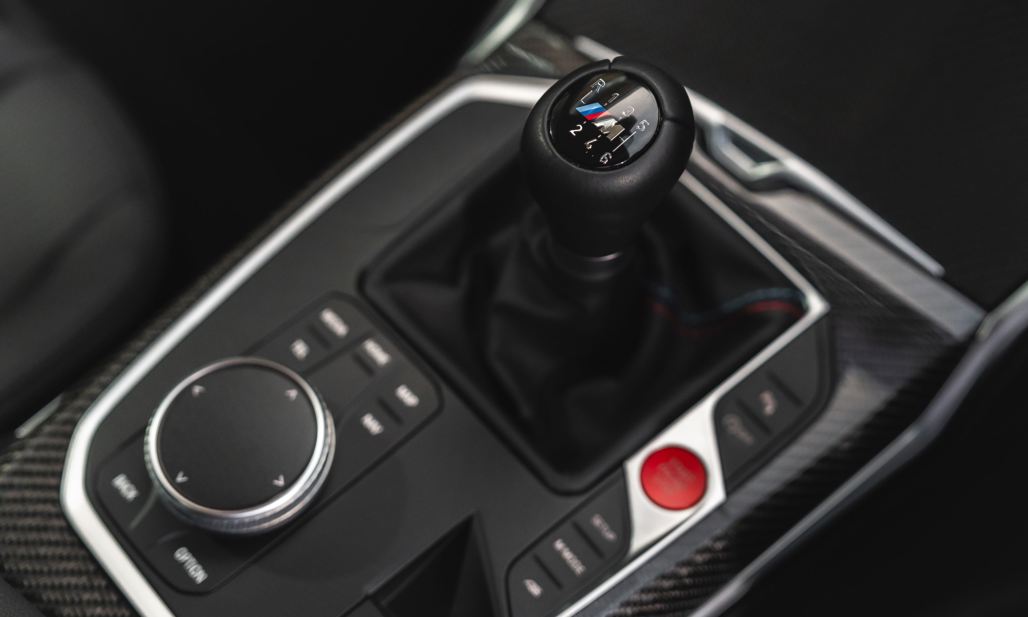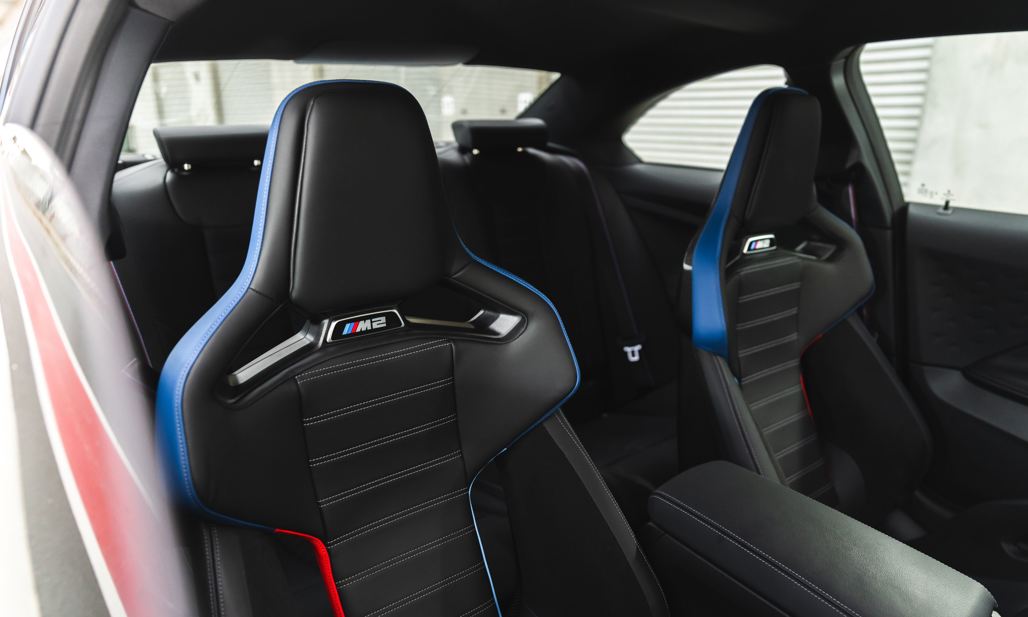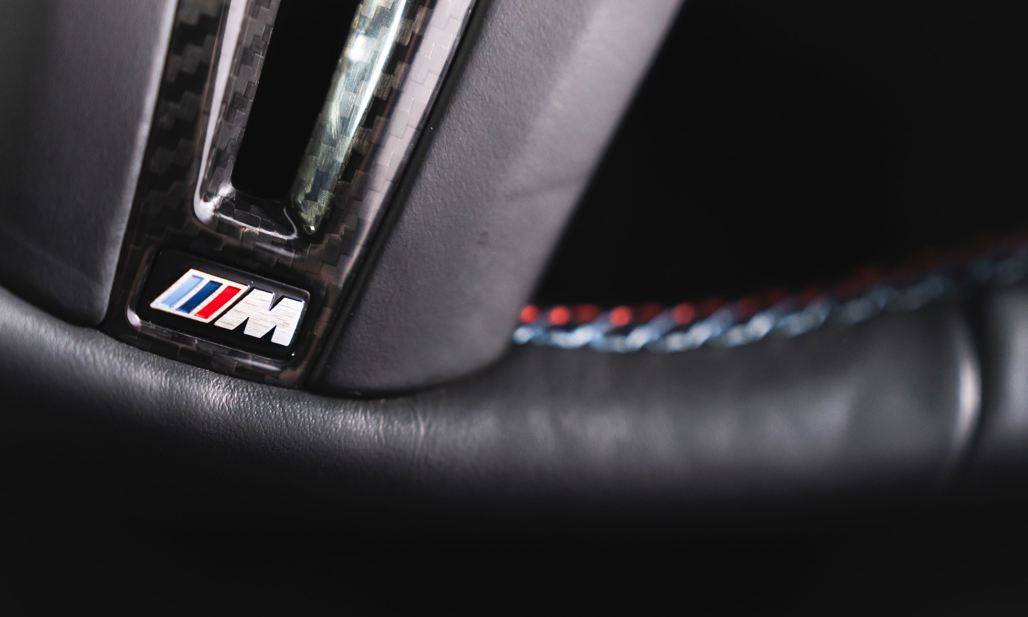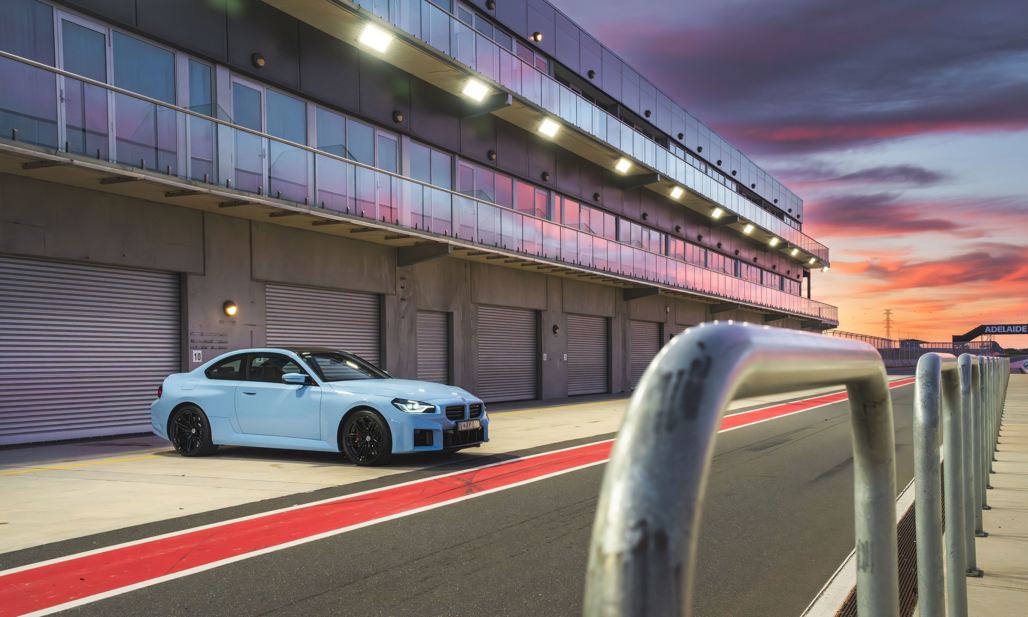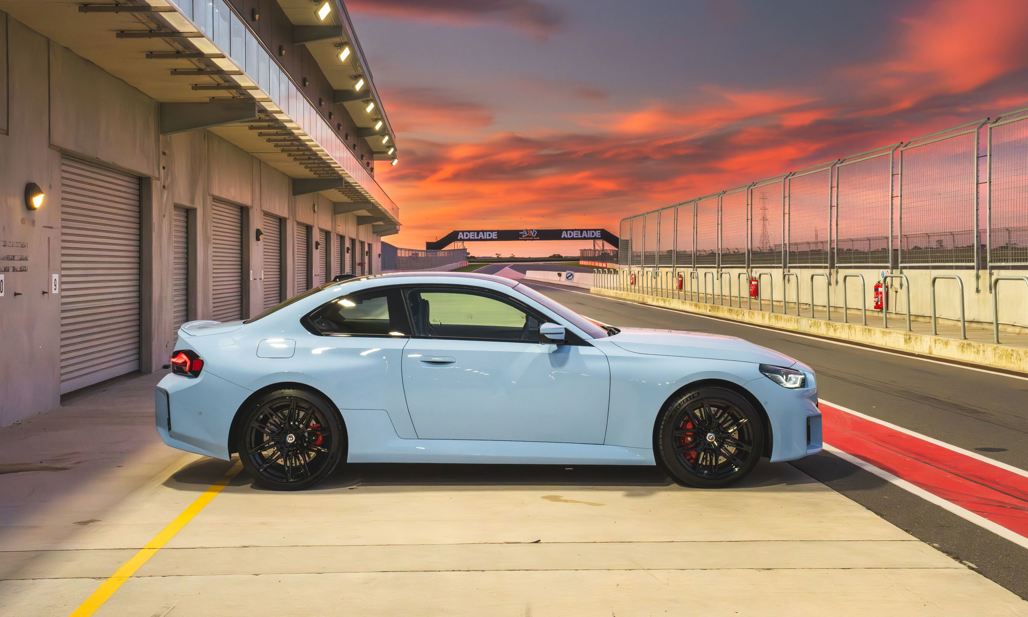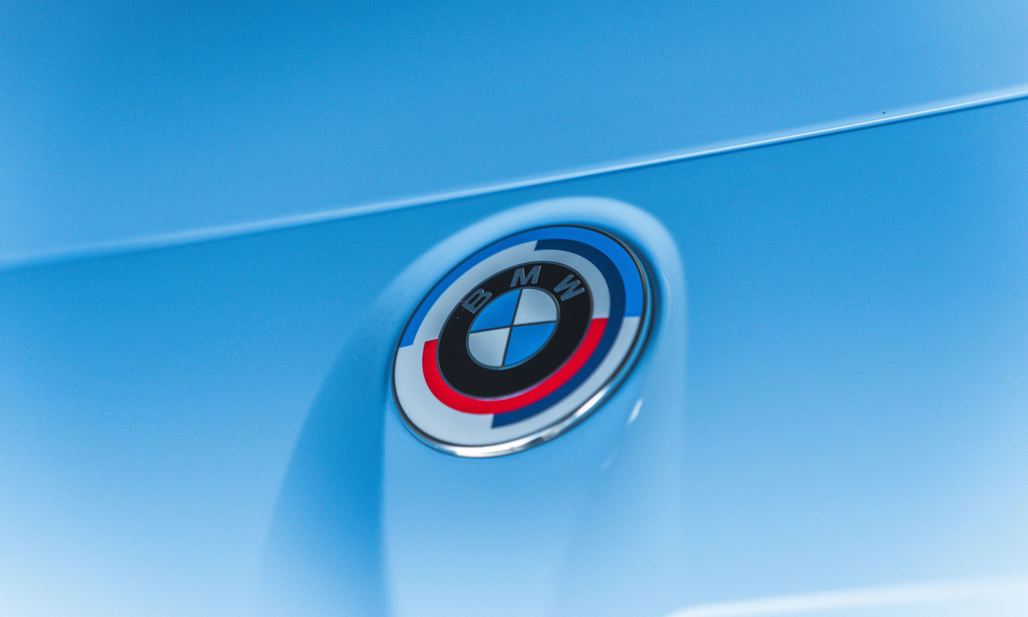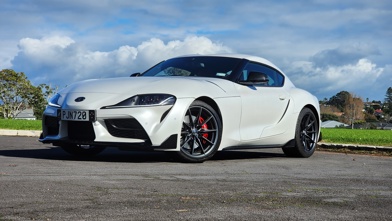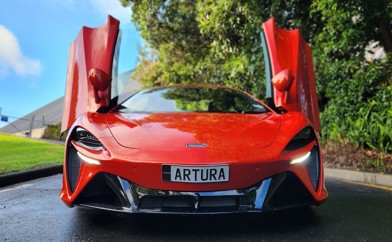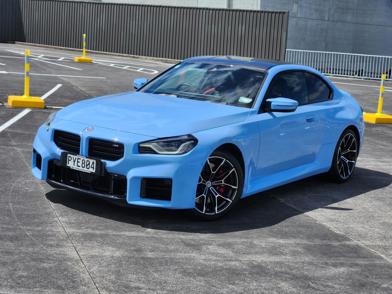It’s no secret that electric power and all-wheel drive is the future even for the highest-level BMW Motorsport production cars. The transition is already happening with the brand’s tweaked “M Performance” models, like the i4 M50 (already the best-selling M-fettled car) and iX M60, and the new XM SUV is the first-ever bespoke M plug-in model.
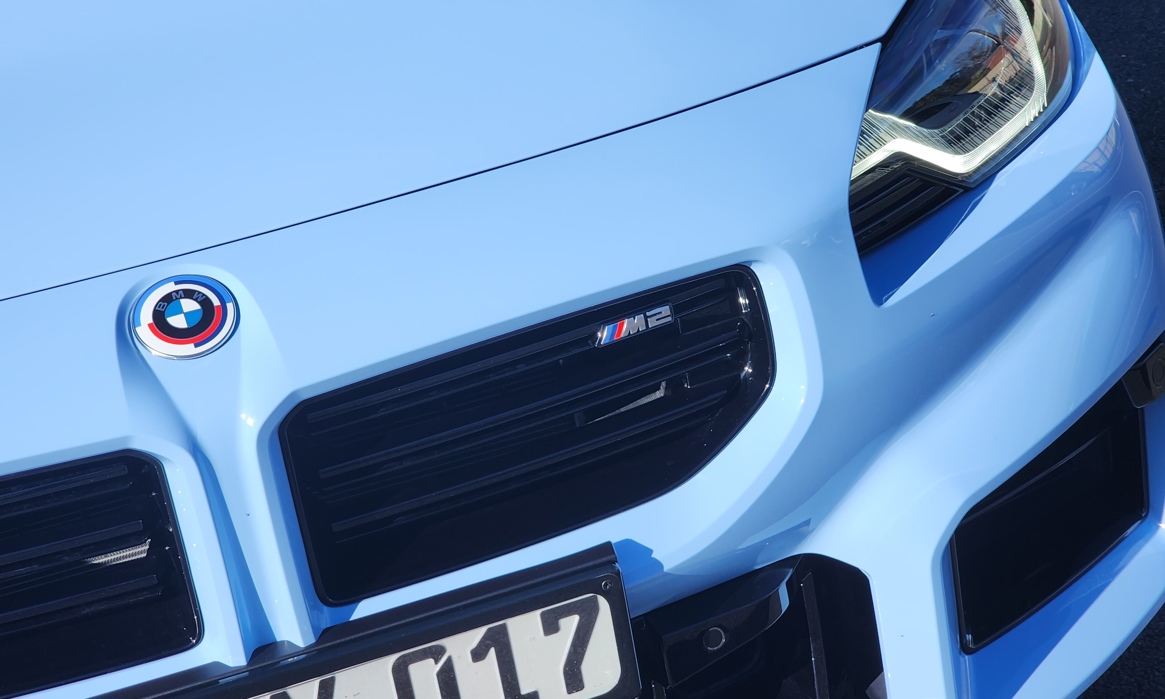
Speaking at a recent BMW M Australasian media conference, the division’s chief executive Frank van Meel reaffirmed the brand’s pathway to plugs: “There are many others to follow. From 2027, the plug-in hybrid and pure-electric models will be more than 50 per cent [of M].”
Van Meel says the real future of M lies in a prototype currently being tested, a battery electric vehicle (BEV) with an electric motor on each wheel and fully integrated “hand of god” control system.
It’s all a long way from BMW M’s beginnings: the essence of the brand has always been a straight six engine and rear-wheel drive.

You can still have that, with the latest M2. It’s the new entry model to the bespoke M range (which excludes those modified M Performance models of course), but it’s also undeniably the purest of the current lineup if you like things old-school. It has a straight six engine (okay, there’s a turbo, but the 2002 from 1973 had one of those too), rear-drive with no AWD option and you can even have it with a six-speed manual transmission, which is a no-cost option over the eight-speed automatic.
So, this is an instant collectible. Almost certainly the last-ever pure M-car with no electrification, a manual gearbox and rear-drive.

But is it the best M2 ever made? That’s a trickier question. It’s certainly the most powerful and sophisticated, with 338kW (even more than the previous M2 CS), adaptive suspension and a carbon roof (a first for the M2 and a 6kg weight saving).
But it’s also larger and heavier: 119mm longer and 16mm wider, with a 54mm-wider front track. Kerb weight is 1700kg minimum, which is hefty for a compact coupe and about the same as an M4.

There’s a reason for that. Like the lesser 2-Series variants, the new M2 is actually based on a 110mm-shortened version of the M3/4 platform, which incidentally means it’s also a once-removed cousin of the Toyota Supra.
The styling has proved a little polarising. There’s plenty of the classic BMW-coupe long-nose, pert cabin proportion about it, but it’s also heavily bulked-up by massive squared-off intakes at the front and similarly geometric shapes on the rear bumper.
You definitely wouldn’t mistake it for a standard 2-Series; even the headlights look different, although that’s thanks to some styling sleight-of-hand. The base units are same, but behind the covers they have an extension next to the grille that the running lights continue through.
Enough looking… we want to drive. And we did, on a BMW M media event in Australia that included road and track time – the latter at The Bend circuit, south-east of Adelaide. That time was split between a trio of new M models, which we can tell you more about as BMW embargoes unpeel.

The new M2 definitely feels a lot more refined and luxurious than the old, but the enthusiast essentials are still here in abundance. The straight-six engine (shared with M3/4 and BMW’s customer racing cars, no less) is sublime, with creamy smooth power low down and an exhilarating top end that delivers a throaty soundtrack.
We literally only went around the block in the manual, which objectively makes no sense because it’s slower and thirstier than the eight-speed automatic. But it’s also something to be celebrated from an enthusiast point of view and buyers obviously feel the same: BMW Australia says 30 per cent of forward orders are for the three-pedal and in the US, manual has traditionally accounted for 50 per cent of M2 sales.

Manual or automatic, this is still a brilliantly complete and balanced sports coupe. Larger and heavier than the previous car, but still the most nimble and engaging model in the M lineup… which is high praise.
Brilliant body control on the road, but those credentials are most obvious on the track. We stuck to the automatics at The Bend for obvious reasons (see above) and the M2 was sheer joy on the circuit: just so beautifully balanced and precise, and a cheeky squat-and-wriggle at the rear away from the apex under power, even with all driver aids engaged (which they very much were, albeit in their sportiest settings).

BMW M’s xDrive technology is hugely responsive, but there’s still something special about a car like this where everything is at the back. It’s serious stuff, with mixed-six tyres (19/20in) and driver assists that help without hindering enjoyment. What a cool machine.
The little M2 (because it is still the smallest M) is also designed for larrikin behaviour in the right environment. The local specification comes as standard with M Drive Professional, which includes adjustable M Traction Control, M Drift Analyser and M Lap Timer.

The traction control is essentially a drift-assist, allowing you to manually select the level of intervention to suit particular surfaces – the idea being the car can then handle the throttle while you control the drift with the steering.
It’s fascinating tech, although it certainly doesn’t make things easy (although who said drifting was ever easy?). Enormous fun experimenting with the different settings on the skidpan, but I’d have to say I was pretty hopeless despite a few flashes of competence. I actually did a lot better with everything off, which our BMW Driving Experience Instructors said is not unusual for older brains where it’s hard to (re)educate the right foot to stay flat and give the steering full authority when things are going sideways. Oh for my own skidpan, to carry on “learning”.
Anyway, you’ve probably guessed this, but the M2 is awesome. Progress and a model change has undeniably made the M2 more grown-up, but if you love driving this is still the sweetest, most entertaining thing in the current M world. There’s nothing else like it (any more). It’s an instant classic, did we mention that?
BMW M2
ENGINE: 3.0-litre turbo-petrol straight six
POWER: 338kW/550Nm
GEARBOX: 6-speed manual or 8-speed automatic, RWD
0-100KM/H: 4.1-4.3 seconds
CONSUMPTION: 10-10.2l/100km
PRICE: $144,100

